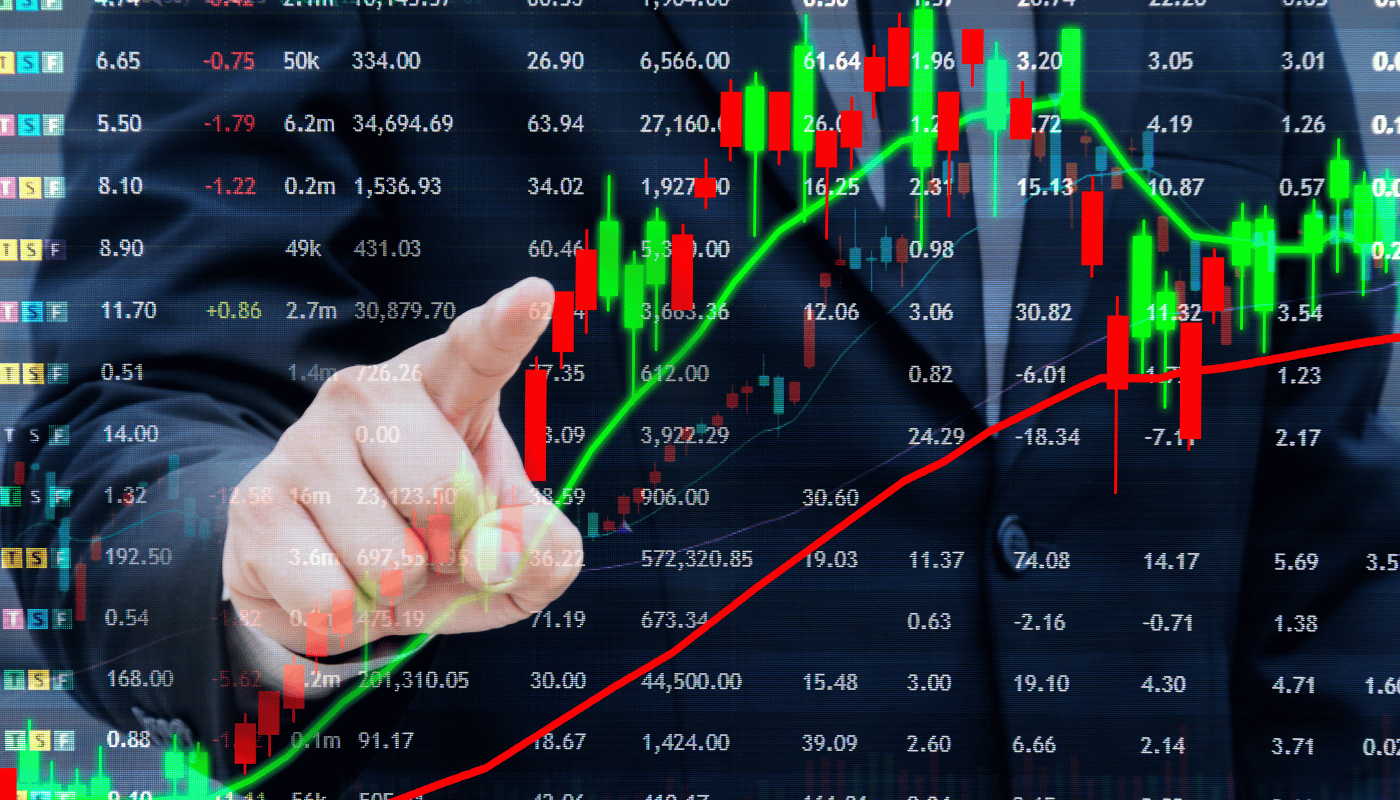The short answer: yes. The complete answer, however, is a bit more complicated and depends on exactly what one considers to be a super spike.
For many, a move to about 22 would qualify as a true spike up in the VIX and something that the daily chart below makes a strong case for, probably this summer.
The introduction of QE3 has not been without its bouts of volatility, with a very clear sideways range between about 11 and 22 having formed over the last nearly two years. During this time, the VIX has reliably hit both sides of this range several times.
Next up relative to this range is likely to be a move up on the descending coil of a Falling Wedge—a formation that represents a steady and then extreme decline in the expectation for market volatility. But herein lies the danger because it is the convergence of that complacency that creates a spring for a violent equal and opposite reaction back up and out of those apathetic conditions.
The target of this current Falling Wedge is between about 18 and 22. It is the pattern repetition that makes a strong case for its likely success, probably within weeks. Interestingly, this formation is also supported by the recent lack of intraday volatility.
All of the energy building in this nearly two-year range has not dissipated or been expended even as the VIX reads complacent. Rather, this energy—or the nuanced tension between the buyers and sellers of the options underlying the VIX—has gone into conservation mode. This sets the stage for an explosive unwind of that pent-up energy, which should produce a significant spike higher in the VIX and essentially the inverse of the last two months, if not much of this year.
This reminds me a bit of the “calm before the storm” ahead of the Flash Crash in 2010, along with periods of time in the spring and early summer of 2011. It is supported by the fact that the last two highs forming the top of this range are, in fact, a nascent set of higher highs. From a wonky technical standpoint, these higher highs may pull for yet another higher high. Thus, it will be very interesting to see if the coming spike out of the current Falling Wedge can top October’s 20.19 and February’s 21.48. If so, it will create a bullish-for-volatility and bearish-for-stocks scenario.
But even so, is 22—and a doubling of the recent low—a true super spike in the VIX? According to the weekly chart below, no. This chart continues to make the case that it has been making for more than two years now for a move in the VIX not just to 2011’s highs near 50 but to 2008’s high near 90.
What makes this possibility worth noting and perhaps even scary is the very fact that it has been building for five years now. Even though the Federal Reserve, ECB, and BOJ have successfully pushed investors to the edge of the risk continuum, it hasn’t been done without protest and uncertainty on the part of investors, despite the extreme complacency that has been feared by many over the last couple of years.
This ironic tension—and the equivalent of the equity markets going higher on the “most hated rally of all time”—shows in the VIX as a potentially dangerous coil. It appears to carry more latent energy than a similar coil that converged into the 2007 low before a more than equal and opposite move to about 90 came the following year.
And that—90 or higher—undoubtedly qualifies as a super spike higher in the VIX, something that the long-term charts suggest may just be ahead, even though the precise timing is less clear due to the vagaries of the VIX’s five-year Falling Wedge. Should this formation be unleashed, however, on the combination of complacency lit by years of underlying confusion, it will become quite clear that a super spike has, in fact, been setting up in the VIX.
As always, thank you for taking the time to catch up on my thinking. While the immediate short-term movements in the VIX may offer signs of heightened volatility and potential spikes, the broader picture is one of a much more profound setup. The prolonged period of low volatility, coupled with the historical patterns of the VIX, suggests that the current environment could be setting the stage for a significant volatility event. Investors should remain vigilant and consider the implications of both short-term fluctuations and long-term trends. The convergence of these factors highlights the potential for substantial volatility, underscoring the importance of preparing for a range of scenarios.






